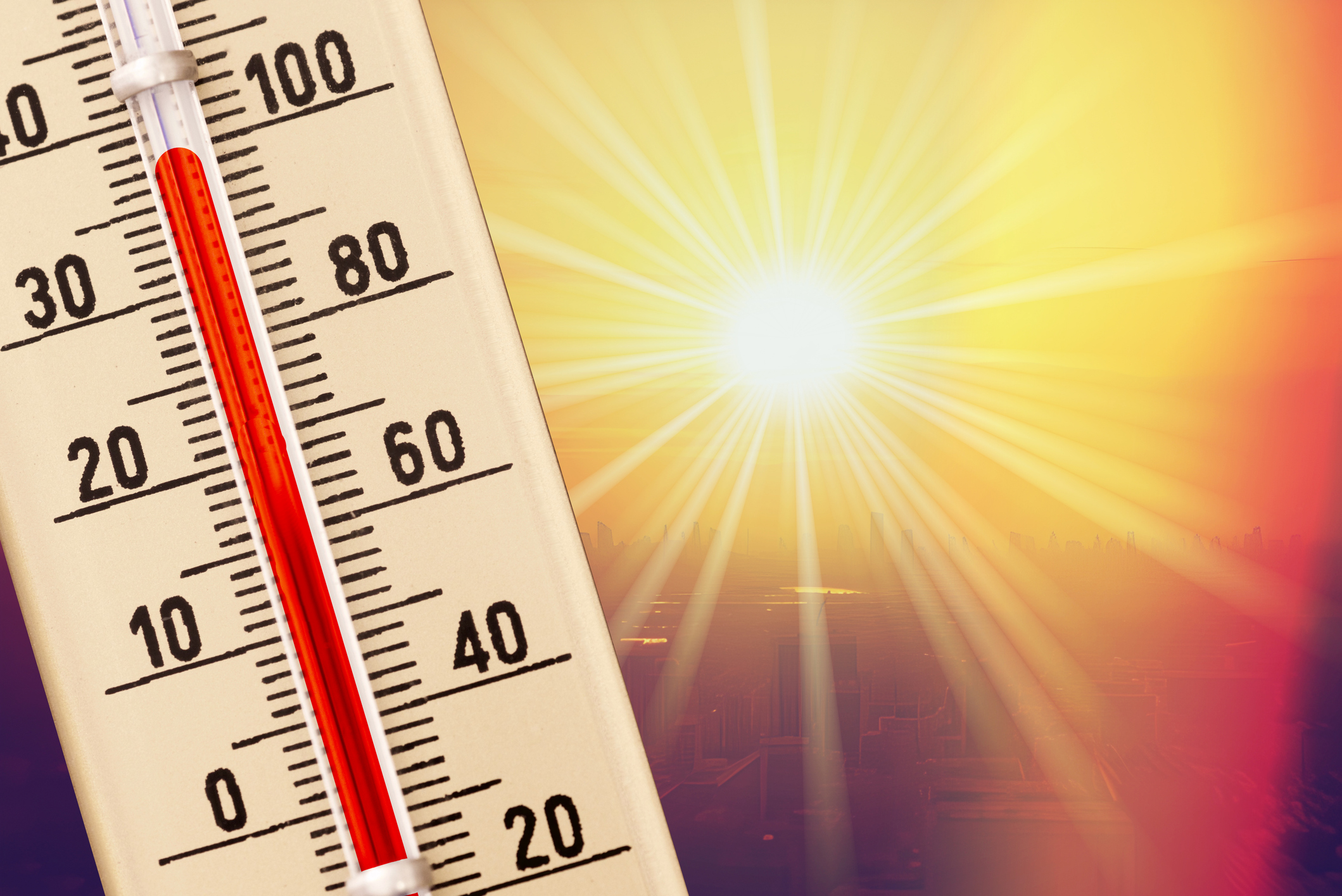YOU SHOULD SUBSCRIBE TO CLIMATE CHANGE WEEKLY.
IN THIS ISSUE:
- Hunga Tonga Eruption Behind “Record” Warming
- Video of the Week: 20 Years of Ocean Currents: What Climate Activists Got Wrong
- Math Debunks Climate Alarm—Net Zero Buys Inconsequential Temperature Reduction
- Forest Experiment Shows Benefits of Increased CO2
- Climate Comedy
- Recommended Sites
Get your tickets TODAY to meet and hear Nigel Farage and Larry Arnn at The Heartland Institute’s Gala on Sept. 13, 2024 in Chicago
Click here for more info and tickets.
Hunga Tonga Eruption Behind “Record” Warming

The spike in temperatures over the past year has been much in the news, with dozens if not hundreds of “record-breaking month/record-breaking year/record-breaking streak” stories making headlines in the mainstream media. While climate change has been blamed for the phenomenon, sound analysis, as opposed to uninformed speculation, has been lacking.
Javier Vinos, Ph.D., the author of several books on climate change, including Climate of the Past, Present, and Future, Solving the Climate Puzzle, and The Frozen Views of the IPCC, An Analysis of AR6, undertook a review of the possible cause for the sudden, broad temperature increase reported in 2023, and in a post on Climate Etc., concludes the usual suspects, human-caused CO2 increases and El Niño, are likely not to blame. Neither is the recent cause de jour, the decrease in emissions of sulfate aerosols from cleaner shipping fuels. Rather, he suggests the massive increase in water vapor into the stratosphere from the Hunga Tonga eruption is the most likely culprit for the increase and, as water vapor draws down, so will temperatures, meaning the present increase is not a new normal; meaning that no climate catastrophe is in the offing.
Vinos explains that “El Niño is unlikely to be responsible for the simple reason that such abrupt global warming is unprecedented in our records.” El Niño, he explains, normally has large, but still largely regional, rather than global, effects. In addition, El Niño has happened many times in the past without inducing the kind of large-scale global warming experienced in 2023.
Concerning the impact of the recently adopted clean shipping fuel standard, Vinos points out, “a recent study, still under peer review, used a climate model to calculate that sulfur emission reductions from 2020 could cause global warming of 0.02°C in the first decade. Since the warming in 2023 was 10 times greater, it is difficult to believe that emissions reductions since 2020 could have been a major factor in the abrupt warming in 2023.” (Footnote omitted)
Nor is the increase in CO2 over the last year or two likely the causal factor for the rapid year-long temperature spike. As Vinos notes, 2023’s CO2 increase of approximately 2.5 parts per million from 418.5 to 421 ppm is in line with annual increases that have occurred for the past several decades (he does not add, but I will, that these sustained increases have occurred despite the trillions of dollars spent and restrictions on freedom imposed by governments—meaning all pain, no gain). In excluding CO2 as the cause of the unusual temperature rise, he points out that none of the physics of CO2 forcing, our knowledge of the past, peer-reviewed research, or climate model projections, suggests 2023’s temperature spike was or could have been caused by the observed increase in CO2.
“The proof is that scientists and models cannot explain what happened in 2023,” Vinos writes.
These facts, he argues, suggest the enormous Hunga Tonga sub-surface volcanic eruption is responsible for the temperature spike.
Just over a year before the abrupt warming, in January 2022, an extremely unusual volcanic eruption took place in Tonga. He lays out the evidence for his conclusion (footnotes and graphs omitted):
The Tonga eruption was a submarine explosion at very shallow depths, about 150 m below the sea surface. It ejected 150 million tons of water into the stratosphere. …
NASA scientists believe that the Tonga explosion occurred at the right depth to project a lot of water into the stratosphere … [with] the Tonga eruption [being] a once in 200-year event, probably less than once in a millennium. …
We know that strong volcanic eruptions, capable of reaching the stratosphere, can have a very strong effect on the climate for a few years, and that this effect can be delayed by more than a year. The eruption of Mount Tambora in April 1815 had a global effect on the climate, but it took 15 months for the effect to develop, during the year without a summer of 1816. These delayed effects coincided with the appearance of a veil of sulfate aerosols in the Northern Hemisphere atmosphere due to seasonal changes in the global stratospheric circulation.
Because the Tonga eruption is unprecedented, there is much about its effects that we do not understand. But we do know that the planetary greenhouse effect is very sensitive to changes in stratospheric water vapor because, unlike the troposphere, the stratosphere is very dry and far from greenhouse saturation.
As a group of scientists showed in 2010, the effect of changes in stratospheric water vapor is so important that the warming between 2000 and 2009 was reduced by 25% because it decreased by 10%. And after the Tonga eruption, it increased by 10% because of the 150 million tons of water released into the stratosphere, so we could have experienced much of the warming of an entire decade in a single year. …
Of course, we cannot conclude that the warming was caused by the volcano, but it is clear that it is by far the most likely suspect, and any other candidate should have to demonstrate its ability to act abruptly with such magnitude before being seriously considered.
Source: Climate Etc.
Get Climate at a Glance on your mobile device!
Video of the Week
Climate activists and media allies often promote the idea that climate change will soon cause ocean currents to slow down, which would result in catastrophe for marine ecosystems. Now, the best available data suggest that ocean currents have actually sped up over the past 20 years, with no disasters.
Math Debunks Climate Alarm—Net Zero Buys Inconsequential Temperature Reduction

A recent paper by physicists Richard Lindzen, Ph.D., emeritus professor at the Massachusetts Institute of Technology; William Happer, Ph.D., emeritus professor at Princeton University; and William A. van Wijngaarden, Ph.D., York University in Toronto, shows that if the United States or even the world as a whole eliminated their respective human carbon dioxide emissions by 2050 (the much ballyhooed ‘net zero’), it would not make a significant difference in global temperatures—meaning no appreciable “climate change” is prevented.
They applied simple math to calculate the temperature impact of zero emissions based on real world data applied to the number of years until 2050 and the amount of carbon dioxide being added to the atmosphere annually.
“The only assumed datapoint is the sensitivity of the atmosphere to CO2 increases,” reports Greg Wrightstone, in an article describing the findings at RealClearMarkets. In that regard, the researchers used a value almost the same as one commonly used “before global-warming alarmism became fashionable.”
“Straightforward calculations … show that eliminating U.S. CO2 emissions by the year 2050 would avoid a temperature increase of 0.0084℃,” the paper concludes, or approximately a warming 0.015℉. The amount of warming averted is too small to measure, much less for people to notice.
The paper points out that even if the climate sensitivity value is quadrupled to the sensitivity assumed in climate models and pushed by the Intergovernmental Panel on Climate Change (IPCC), the amount of warming averted still is only 0.034 degrees Celsius.
With United States responsible for approximately 12 percent of global carbon dioxide emissions, the scientists then calculated what would happen if the remaining 88 percent of human emissions went to zero. They found the amount of warming averted would be 0.07℃, using historically assumed sensitivity, or 0.28℃, using the inflated sensitivity assumptions embraced by the IPCC.
From the point of view of climate change, those numbers are “still inconsequential and certainly not worth destroying the world economy,” concludes Wrightstone.
Sources: RealClearMarkets; CO2 Coalition
Forest Experiment Shows Benefits of Increased CO2

Since 2017, researchers at The Birmingham Institute of Forest Research (BIFoR) at the University of Birmingham have been conducting a giant real-world experiment called the BIFoR Free Air Carbon Dioxide Enrichment in which they have been pumping CO2 throughout a Staffordshire woodland to simulate the atmosphere we’re predicted to have in 2050. The goal is to better understand how forests are affected by and impact climate change, including the effects on animals, plants, and insects dependent upon the forest ecosystem.
Specifically, the BIFoR researchers pumped excess CO2 (140 ppm above levels in the ambient air) into a 180-year-old oak forest. They found the increased CO2 produced a 9.8 percent increase in woody biomass over seven years.
Most of the CO2 was used and captured in the trees’ woody parts—the trunk, bark, and limbs—rather than the leaves, meaning it is stored for extended periods of time. In addition to increasing the woody biomass, the study found the higher CO2 led to enhanced nutrient cycling in the soil and improved the efficiency of roots, both of which tended to benefit the broader ecosystem.
To examine the effects of CO2 on the trees, the BIFoR researchers analyzed tree rings and conducted laser scans of the canopy to assess tree growth and carbon sequestration. The Electroverse Substack described some of the particular findings and their implications in more detail, writing:
Interestingly, while overall net primary productivity (NPP) increased by an average of 10.6%, most of this boost was attributed to wood production rather than to increases in other tissues. This suggests that mature temperate forests, previously thought to have limited responses to increased CO2, could play a more active role in carbon sequestration than expected.
Moreover, the study found that elevated CO2 resulted in a 43-63% increase in root exudation, which stimulates soil microbial activity and enhances nutrient availability, further improving forest growth dynamics and biodiversity.
Sources: Electroverse; The Birmingham Institute of Forest Research
Heartland’s Must-read Climate Sites



Climate Comedy
Via USNews



























